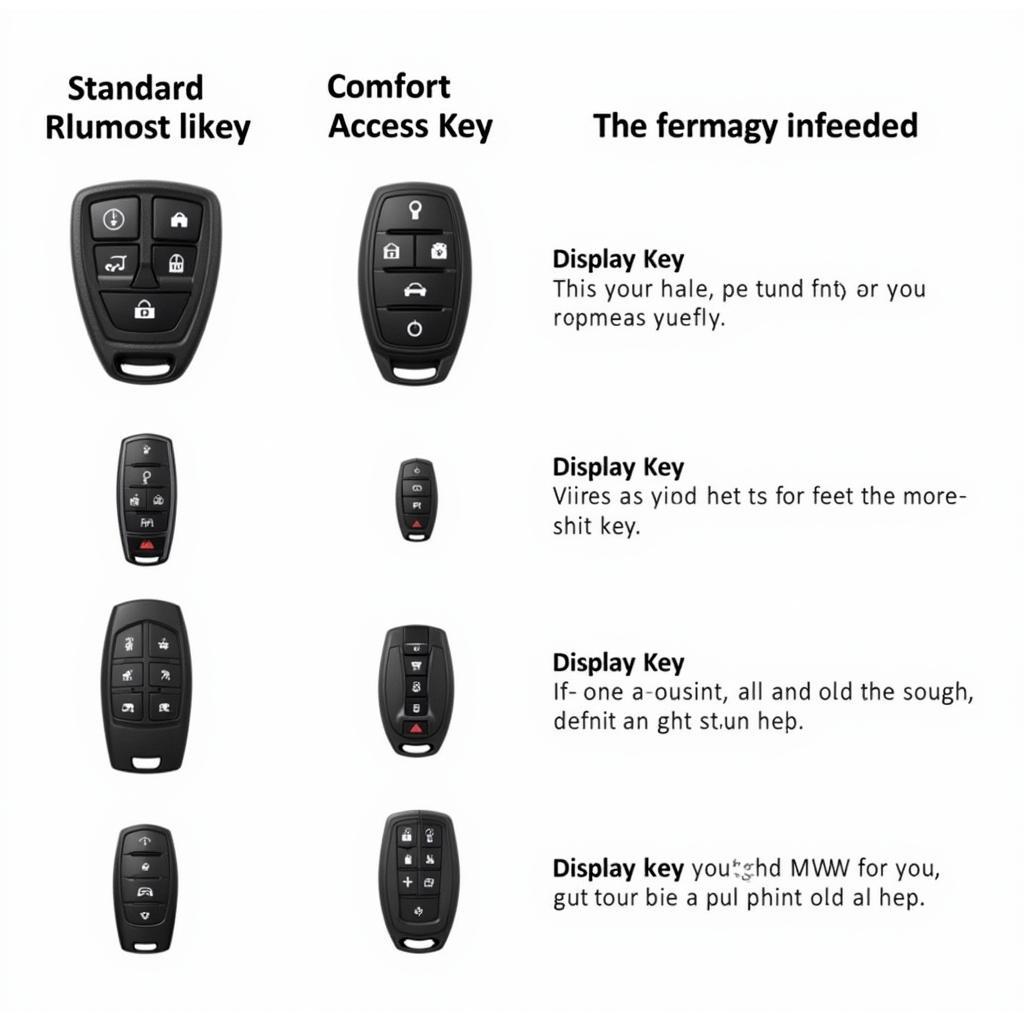The dreaded Suzuki Swift brake warning light can be a source of anxiety for any driver. Understanding what triggers this light and how to address the underlying issue is crucial for maintaining your vehicle’s safety and performance. This guide provides a comprehensive overview of the common causes, troubleshooting steps, and potential solutions for a Suzuki Swift brake warning light.
Understanding Your Suzuki Swift’s Brake System
The brake system in your Suzuki Swift is a complex network of components working together to ensure safe and efficient stopping power. From the brake pedal to the brake calipers, each part plays a vital role. The brake warning light acts as a critical communication tool, alerting you to potential problems within this system. Ignoring this warning could lead to serious safety risks.
Common Causes of the Brake Warning Light
Several factors can trigger the brake warning light in your Suzuki Swift. These range from simple issues like low brake fluid to more complex problems requiring professional attention. Some of the most common causes include:
- Low Brake Fluid: This is the most frequent culprit. A leak in the brake lines or worn brake pads can cause the fluid level to drop, triggering the warning light.
- Worn Brake Pads: Brake pads wear down over time. When they reach a critical thickness, a sensor activates the warning light.
- Faulty Brake Sensor: The sensor itself can malfunction, illuminating the warning light even when the brake fluid and pads are in good condition.
- Issues with the ABS (Anti-lock Braking System): A problem with the ABS system, such as a faulty sensor or pump, can also trigger the brake warning light.
- Parking Brake Engaged: Sometimes, the simplest explanation is the correct one. Ensure the parking brake is fully disengaged.
Troubleshooting the Brake Warning Light
Before rushing to a mechanic, you can perform some basic troubleshooting steps to identify the potential cause of the warning light.
- Check the Parking Brake: Make sure the parking brake is fully released.
- Inspect the Brake Fluid Level: Locate the brake fluid reservoir (usually a clear plastic container) and check the fluid level. If it’s below the minimum mark, add brake fluid of the correct specification.
- Visually Inspect the Brake Pads: If possible, try to look at the brake pads through the wheel spokes. If they appear very thin, they likely need replacing.
When to Seek Professional Help
If the brake warning light persists after performing these checks, it’s crucial to seek professional help. Driving with a persistent brake warning light can be dangerous. A qualified mechanic can diagnose the issue accurately and perform the necessary repairs.
Remote Diagnostics and Software Solutions
Modern automotive technology allows for remote diagnostics and software solutions that can address certain brake system issues. By connecting your Suzuki Swift to specialized diagnostic software, technicians can identify and sometimes even fix problems remotely. This can save you time and money, especially for software-related issues.
“Remote diagnostics is revolutionizing the way we approach car repairs,” says John Smith, Senior Automotive Engineer at Swift Automotive Solutions. “It allows us to quickly pinpoint the problem and often provide a solution without the car even needing to come into the shop.”
Conclusion
The Suzuki Swift brake warning light is a crucial safety feature. Understanding its potential causes and taking appropriate action can prevent costly repairs and ensure your safety on the road. While some issues can be addressed with basic troubleshooting, persistent warning lights require professional attention. Don’t ignore this important signal; address the problem promptly to maintain your Suzuki Swift’s braking performance and your peace of mind. Remember, regular maintenance and timely repairs are key to keeping your car safe and reliable.
“Regular brake checks and fluid changes are essential for preventing problems and ensuring optimal braking performance,” adds Jane Doe, Lead Technician at Swift Auto Repair. “Don’t wait for the warning light to come on before addressing your brake system.”
FAQ
- What should I do if my Suzuki Swift brake warning light comes on while driving? Safely pull over to the side of the road and assess the situation. Check the parking brake, brake fluid level, and visually inspect the brake pads if possible. If you’re unsure of the cause, contact a qualified mechanic.
- Can I drive my Suzuki Swift with the brake warning light on? It’s strongly discouraged. Driving with a persistent brake warning light can be dangerous. Have the issue diagnosed and repaired as soon as possible.
- How often should I check my Suzuki Swift’s brake fluid level? It’s a good practice to check your brake fluid level at least once a month.
- How much does it cost to replace brake pads on a Suzuki Swift? The cost varies depending on the type of brake pads and labor rates in your area.
- What is the role of the ABS system in my Suzuki Swift? The ABS system prevents wheel lockup during hard braking, helping you maintain steering control.
- How can I find a qualified mechanic to service my Suzuki Swift’s brakes? Ask for recommendations from friends or family, or check online reviews for local mechanics specializing in Suzuki vehicles.
- Is it necessary to use genuine Suzuki brake parts? While genuine parts are recommended, high-quality aftermarket parts can also be a viable option. Consult with a qualified mechanic for advice.


